Steam Deck Handheld Portable Gaming Console
In stock
- 7” diagonal display with 60Hz refresh rate
- 1280 × 800 resolution
- Ambient light sensor
- Full-size analogue sticks with capacitive touch
- 16GB RAM and 64GB internal memory
- Built-in Bluetooth 5.0 and Dual-band Wi-Fi connectivity
- Built-in 3.5mm stereo audio jack
- Up to 7 – 8 hours of gameplay
From $794.99
CompareAll-in-one portable PC gaming
The Valve Steam Deck Handheld Portable Gaming Console is built for extended play sessions – whether you’re using thumbsticks or trackpads with full-size controls positioned perfectly within your reach.
The Steam Deck has a formfactor similar to other portable gaming consoles like Nintendo Switch or the PlayStation Vita. On either side of the display are analog sticks with the d-pad on the left and ABXY keys on the right.
Unlike most other controllers, the Steam Deck places its keys in a unique arrangement, where the keys are on the same plane as the analog keys.

This has freed some space below, which is now occupied with two capacitive trackpads. These allow you to control the mouse pointer in games not designed to be played with a controller but rather with a mouse.
Portability meets power
Steam Deck is partnered with AMD to create Steam Deck’s custom APU, optimised for handheld gaming. It is a Zen 2 + RDNA 2 powerhouse, delivering more than enough performance to run the latest AAA games in a very efficient power envelope.
The Steam Deck runs on a custom AMD APU. The CPU is based on the Zen 2 architecture and features 4-cores and 8-threads with a variable clock speed of 2.4-3.5GHz. The GPU uses the latest RDNA2 architecture with 8 compute units. The APU has a power envelope of 4-15W.
For storage, Valve provides three different tiers. The base model has 64GB of eMMC, which is also the slowest storage you can get on the Steam Deck. The middle variant gets 256GB of faster NVMe SSD storage while the top of the line variant gets an even faster 512GB NVMe SSD.
Aside from the built-in storage, users will also be able to use microSD cards to increase their storage. All models will get 16GB of LPDDR5 RAM.
The Steam Deck also has a 6-axis gyroscope, which can be used to control your movements in games.
Below the trackpad are dual stereo speakers, which Valve claims have a DSP and wide soundstage. Of course, you can also plug in your own headphones, and the Steam Deck also has dual microphones built-in.
Rounding off the front side are four additional buttons for View, Menu, Steam, and Quick Access.
On top are the four analog triggers. The buttons are specially designed to be comfortable in racing games, which require pressing and holding the trigger buttons for long periods of time.

Rounding off the front side are four additional buttons for View, Menu, Steam, and Quick Access.
On top are the four analog triggers. The buttons are specially designed to be comfortable in racing games, which require pressing and holding the trigger buttons for long periods of time.
Technical Specification

|
|

|
|

|
|
| CPU | Zen 2 4c/8t, 2.4-3.5GHz (up to 448 GFlops FP32) |
| GPU | 8 RDNA 2 CUs, 1.0-1.6GHz (up to 1.6 TFlops FP32) |
| RAM | 16 GB LPDDR5 on-board RAM (5500 MT/s quad 32-bit channels) |
| Storage | 64GB eMMC base, 256GB and 512GB NVMe PCIe Gen 3 SSDs available |
| Size | 29.8cm x 11.7cm x 4.9cm |
| Weight | Approx. 0.669g |
| Screen | 7″ 1280px x 800px (16:10 aspect ratio) 60Hz LCD |
| Audio | 3.5mm stereo jack |
| Battery | 40WHr estimated 2 – 8 hours |
| Video output (docked) | up to 4K 120Hz / 8K 60Hz (game performance at these often resolutions remains to be seen) |
| Ports (dock included) | microSD card expansion, USB 2.0 and 3.1, HDMI, DisplayPort |
| Connectivity | 2.4GHz / 5GHz Wifi, Bluetooth 5.0 |
| Gyro | 2.4GHz / 5GHz Wifi, Bluetooth 5.0 |









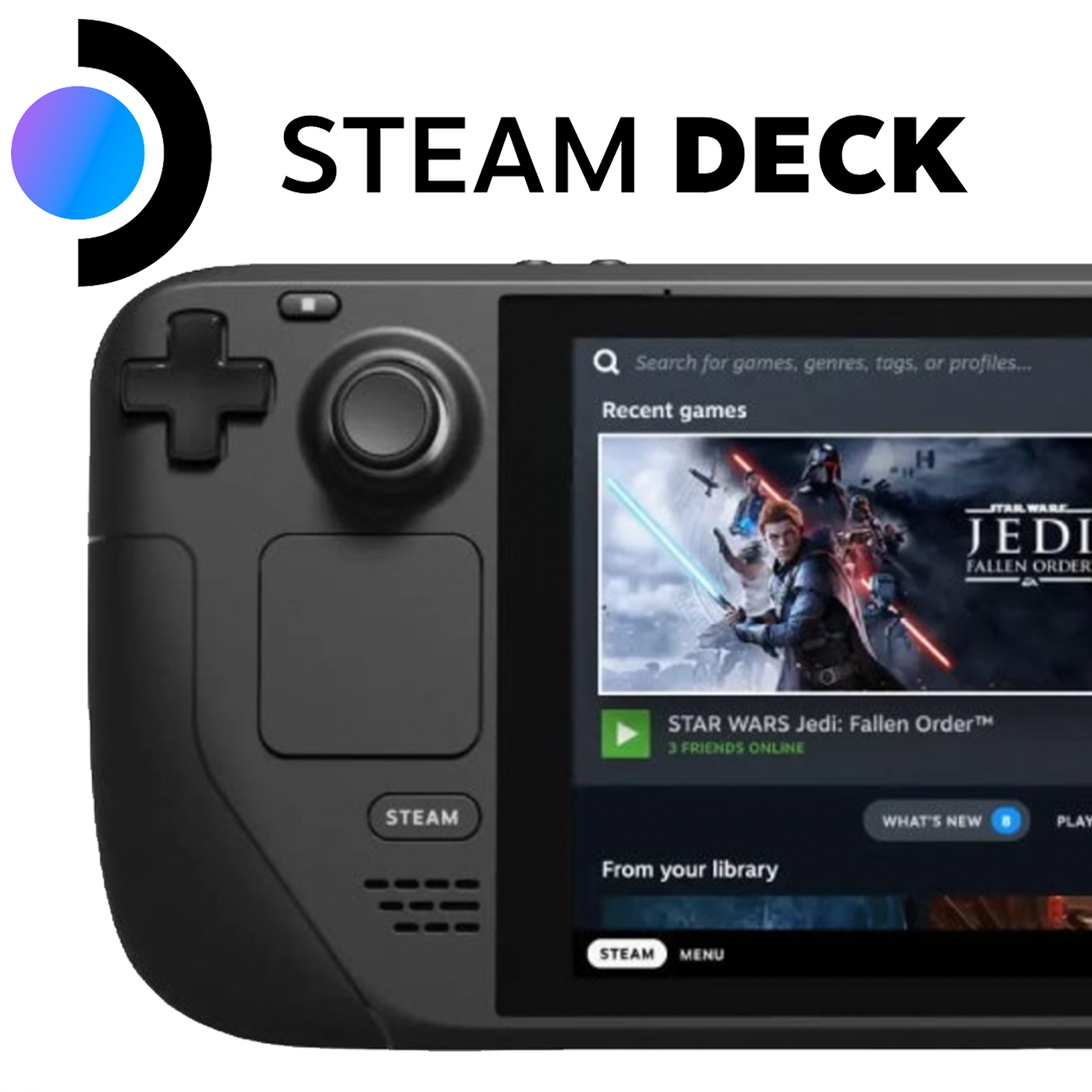
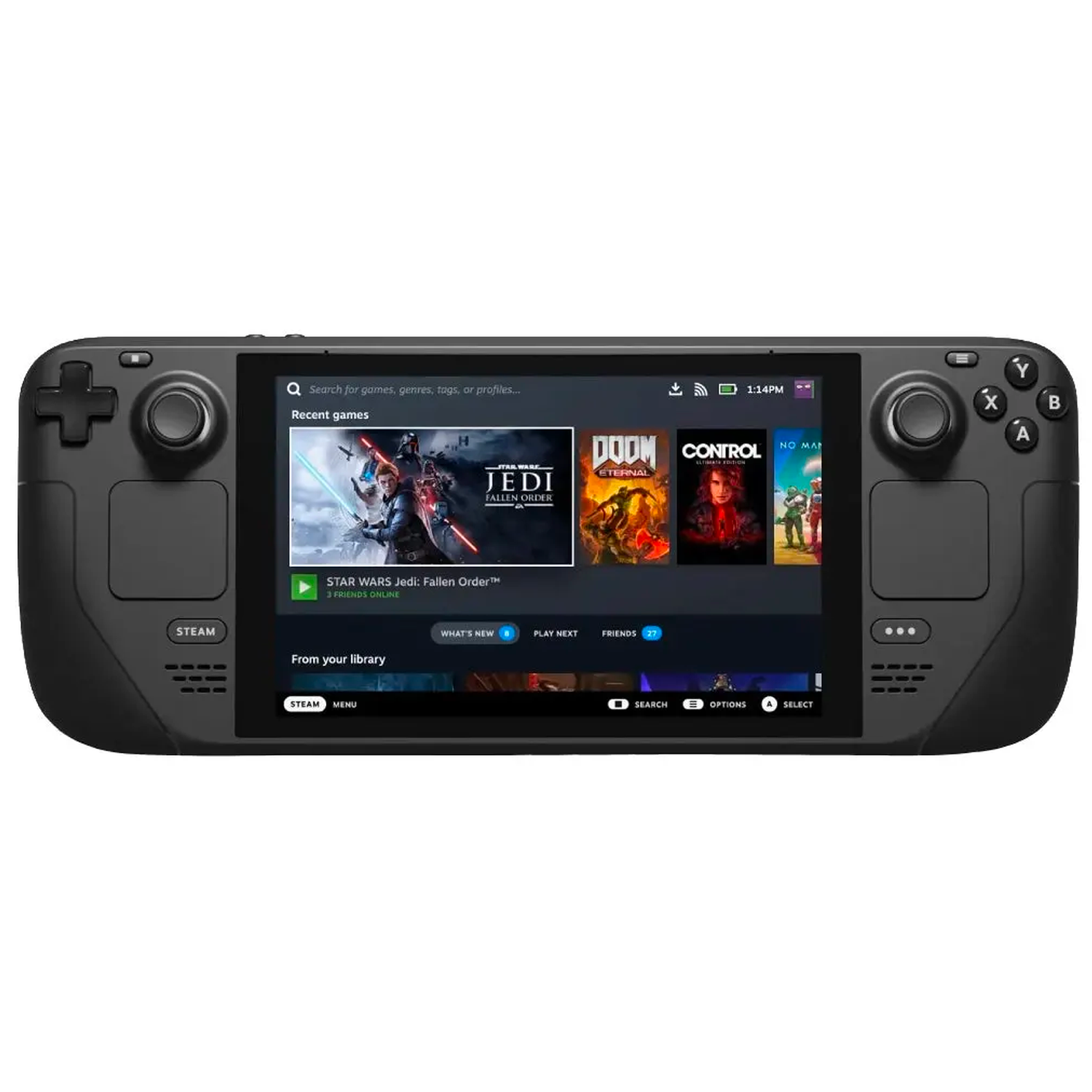
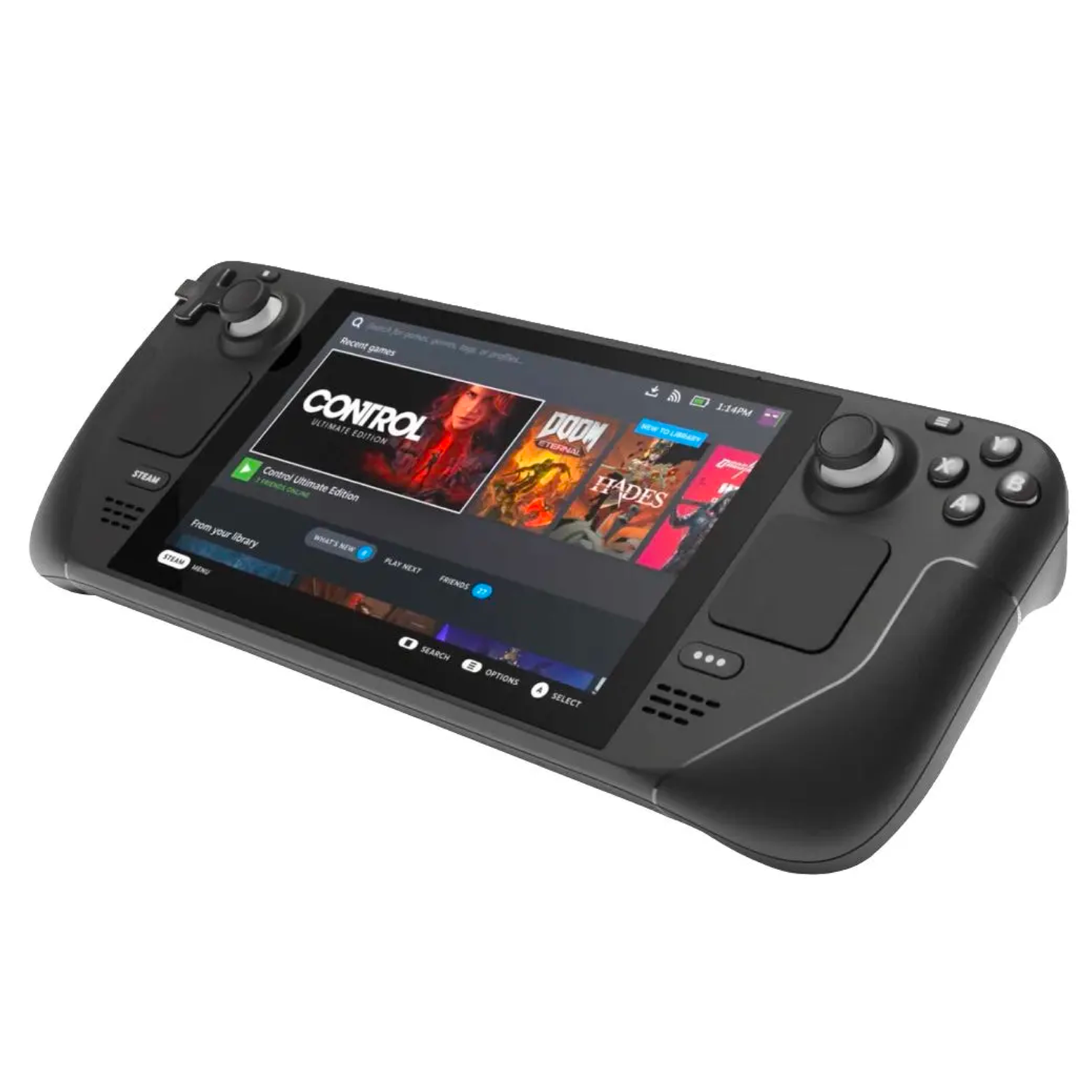
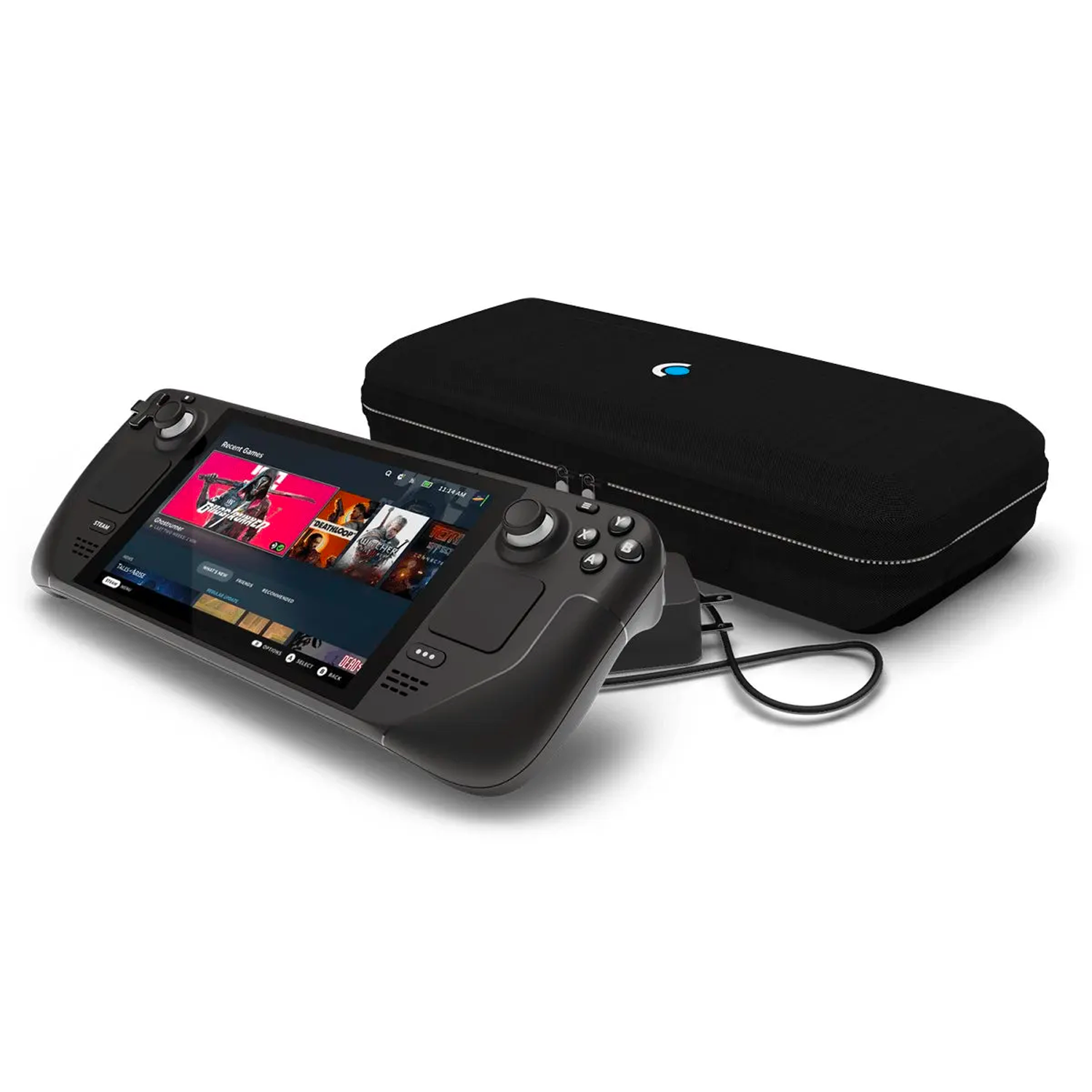
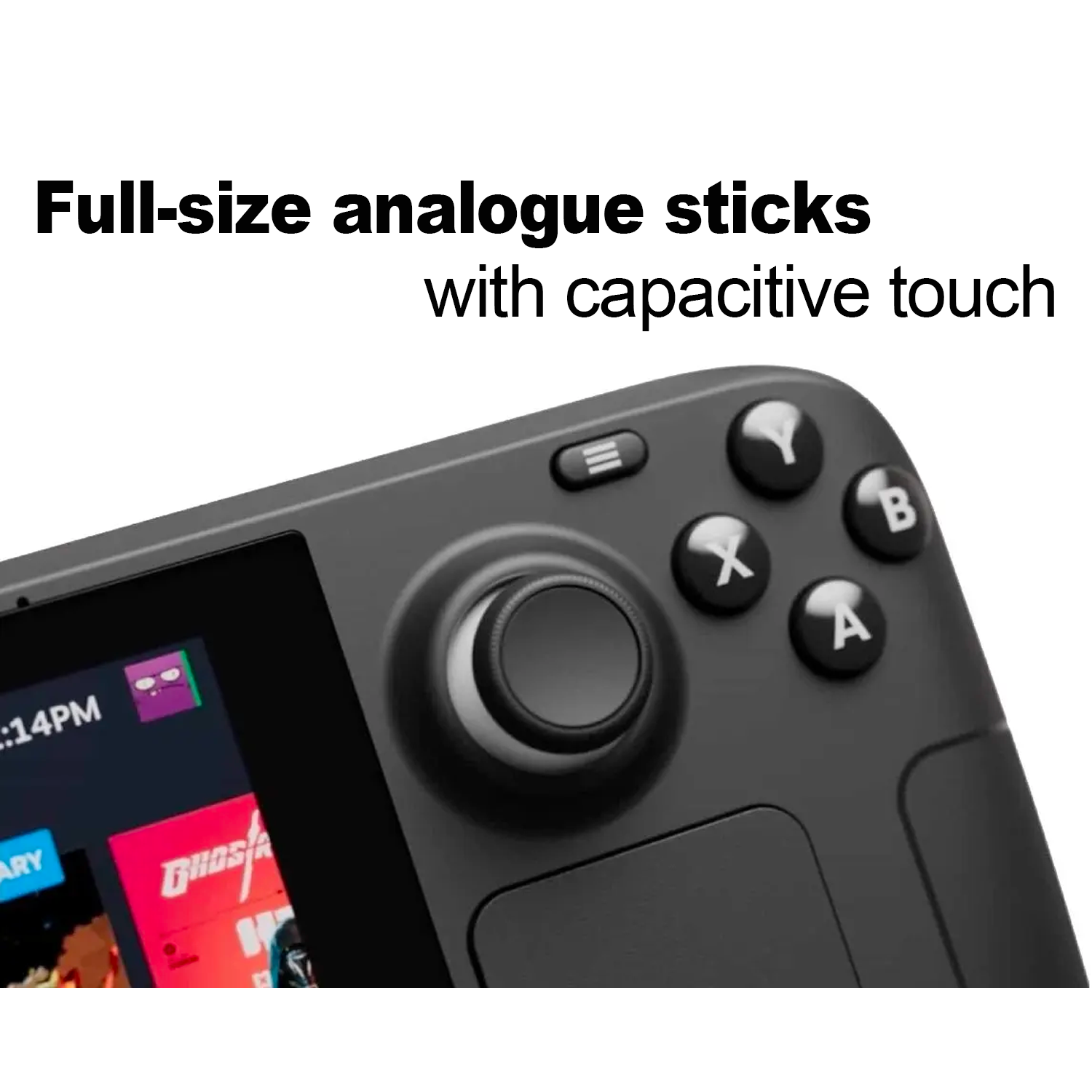
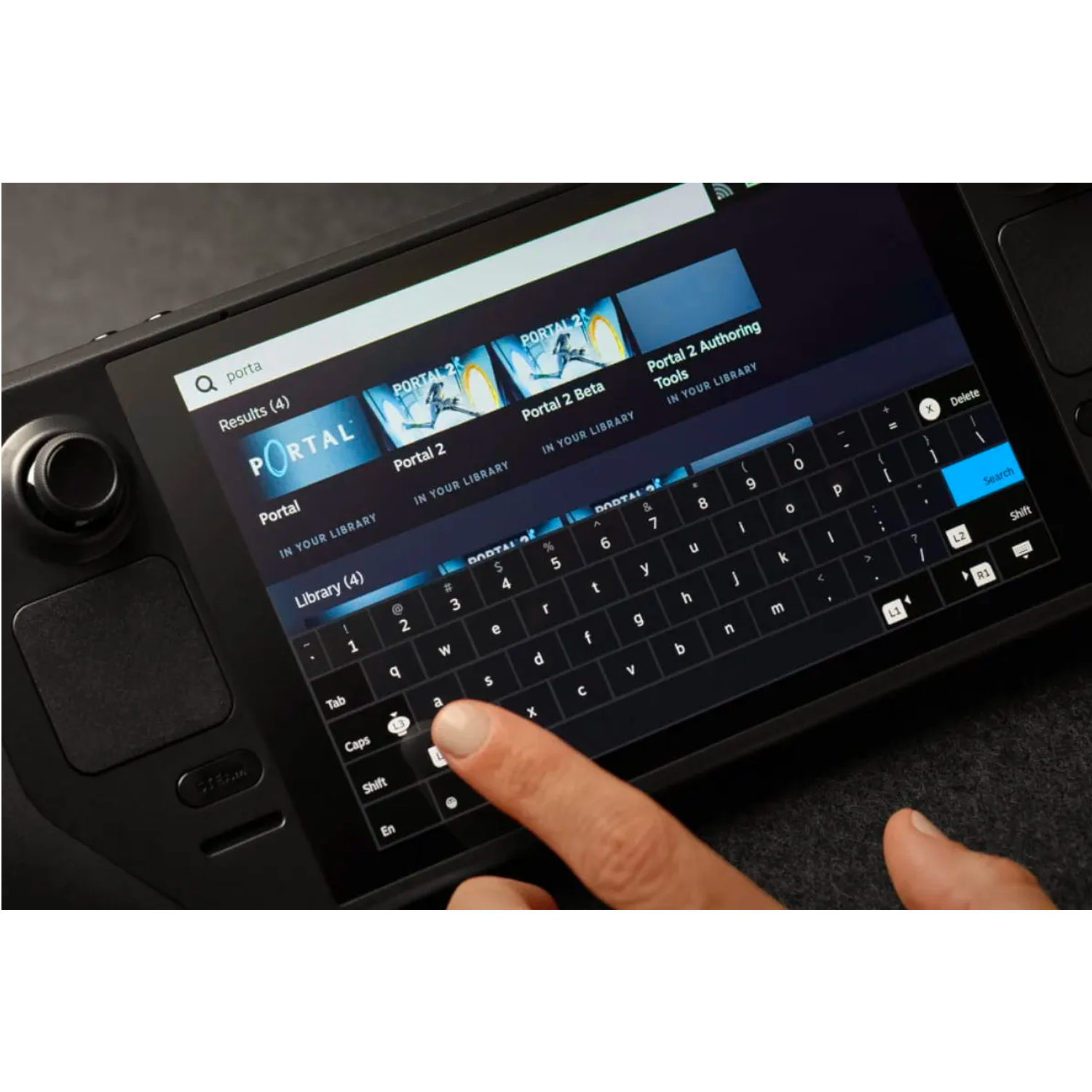
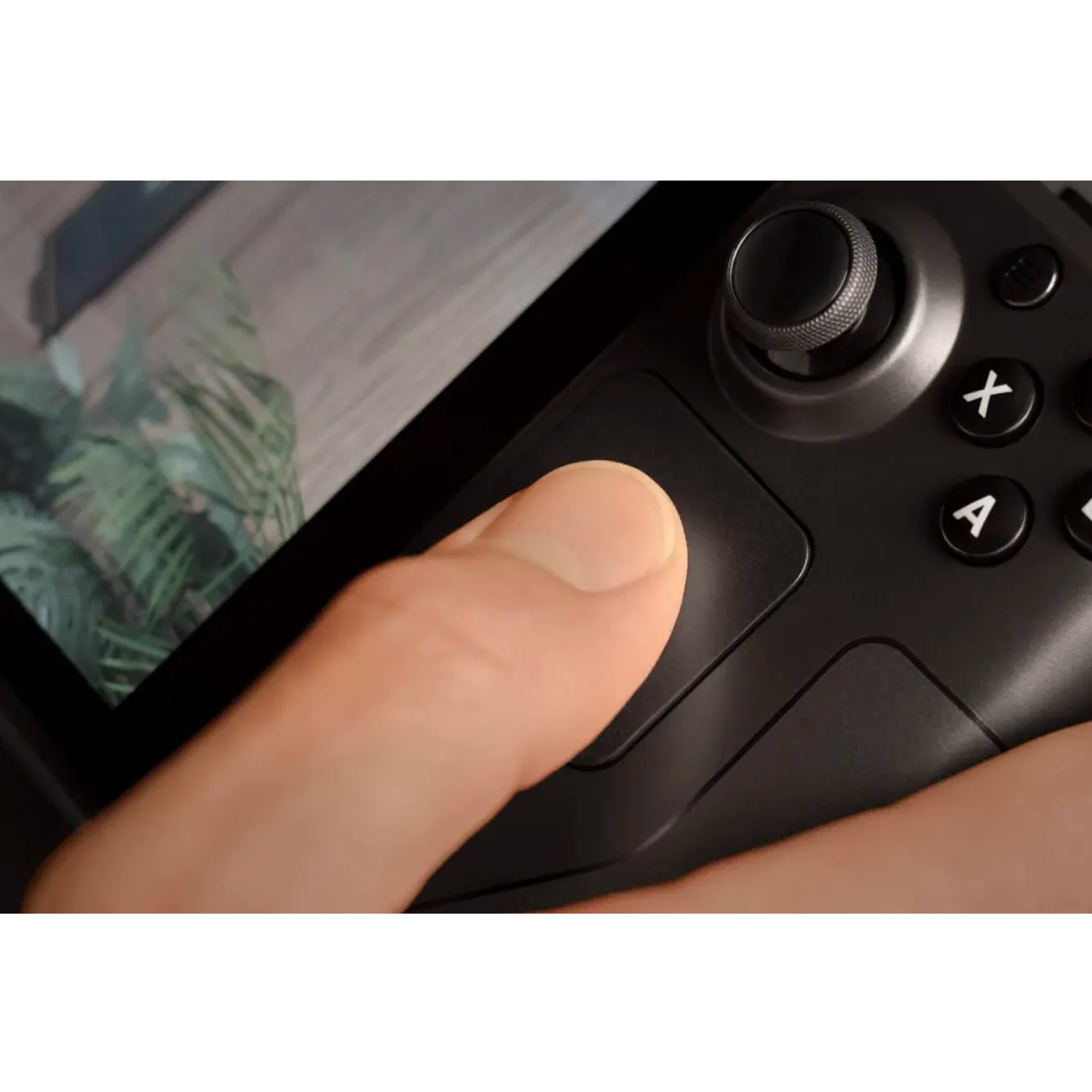

There are no reviews yet.